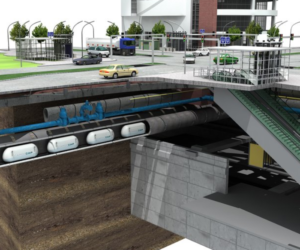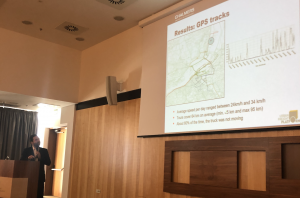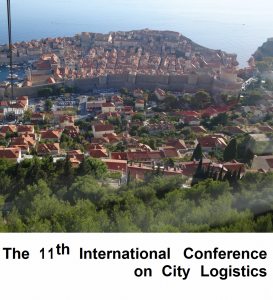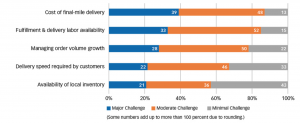Tag «city logistics»
City logistics 2019: new innovative technologies
Scania presents a battery electric self-driving urban concept vehicle

Scania’s new battery electric self-driving urban concept vehicle is designed with the flexibility to shift from ferrying commuters to and from work in mornings and evenings, delivering goods during the day and collecting refuse at night. Scania’s engineers have taken the modular system to the next level in developing a concept vehicle that can change …
CBRE: cold is the hottest real estate investment
Oslo is going ‘car free’ making room for city logistics

The Oslo Car-free Livability Programme is all about giving the streets back to people. Over the last couple of years, Olso has tested various solutions and initiatives whilst working with more long-term plans for Oslo city center. They have removed about 750 municipal street parking spaces to give pedestrians and cyclists better conditions in the streets, with …
TDA whitepaper on zero emission urban freight

Almost all global trade originates from, traverses or is destined for a metropolitan area. However, very few cities and countries addressed the issues related to urban freight. There is a need for accelerated development and adoption of sustainable technology solutions (electric vehicles, shift to urban rail, boat, cargo bikes). But it is equally important that …
Conference: climate friendly city logistics in the Nordics

CLOSER and the Swedish Transport Administration organize a lunch-to-lunch conference on 29-30 October at Lindholmen, Gothenburg. Within the framework of the projects DenCity and Attractive and climate-smart transport in cities, both with a focus on climate-smart and sustainable mobility in the dense city, we want to invite you to a two-day conference that will be characterized …
Research: the potential for coordinated city logistics planning at the local level

It is in the common interest of local authorities and businesses to optimize city logistics, yet far too often they operate in isolation, without the necessary cooperation and agreement. Through bringing together the local actors as part of a collaborative planning process, meaningful plans for action can be developed.
New freight action plan for London launched

A plan to work with boroughs, businesses and the freight and servicing industry aims to transform how deliveries are made in London. A part of the Freight and Servicing Action plan, which was presented by the Mayor of London and Transport for London (TfL), includes offering more click and collect points at Underground stations.




